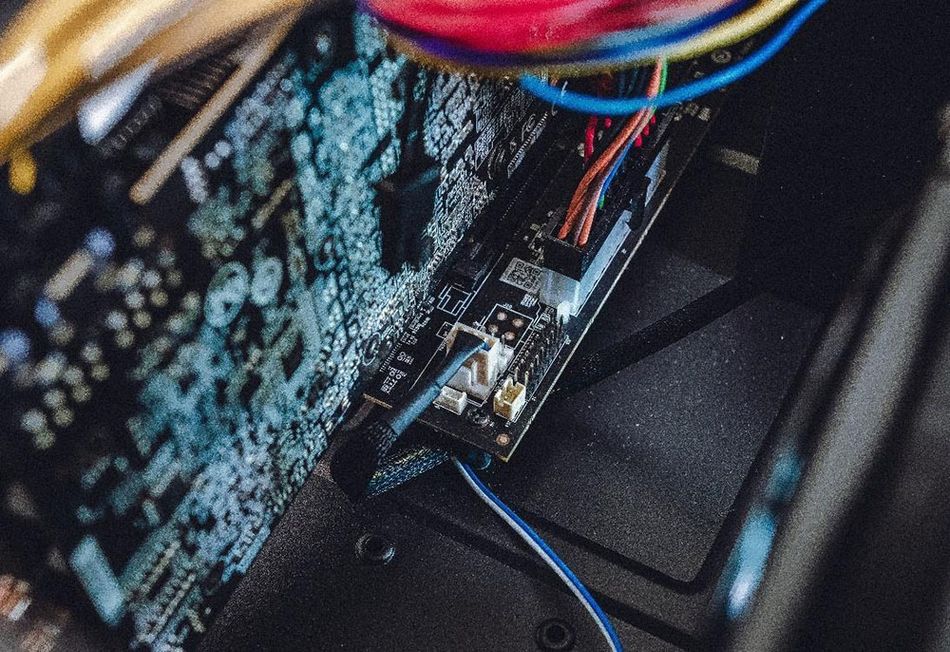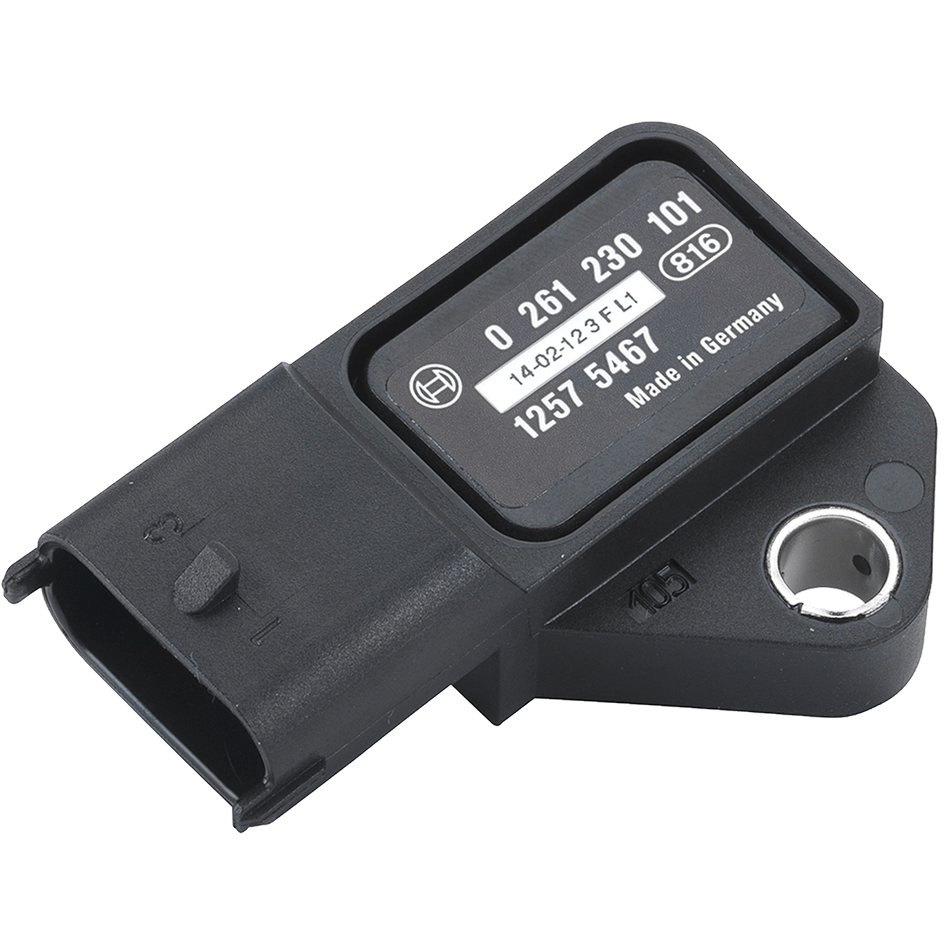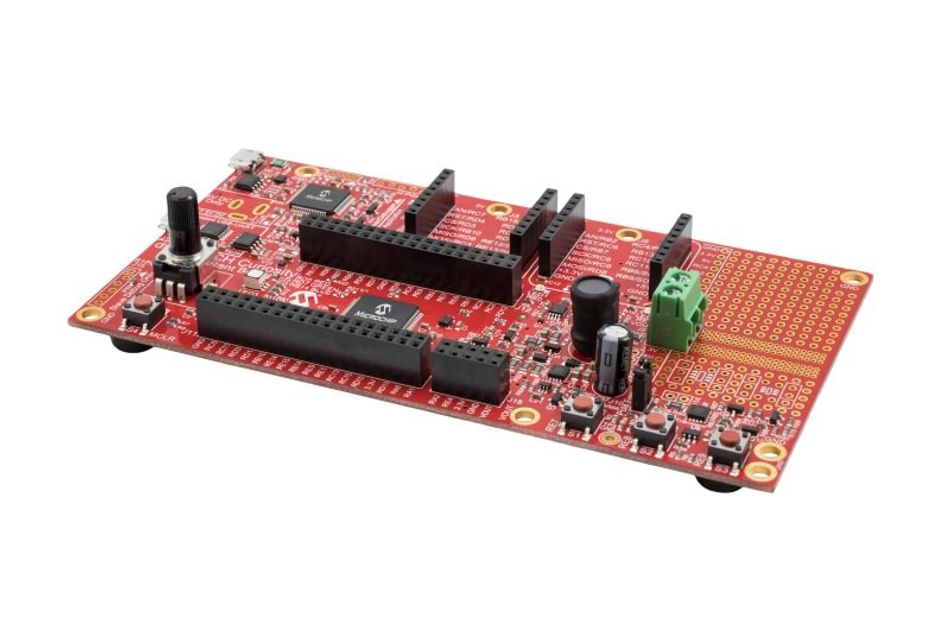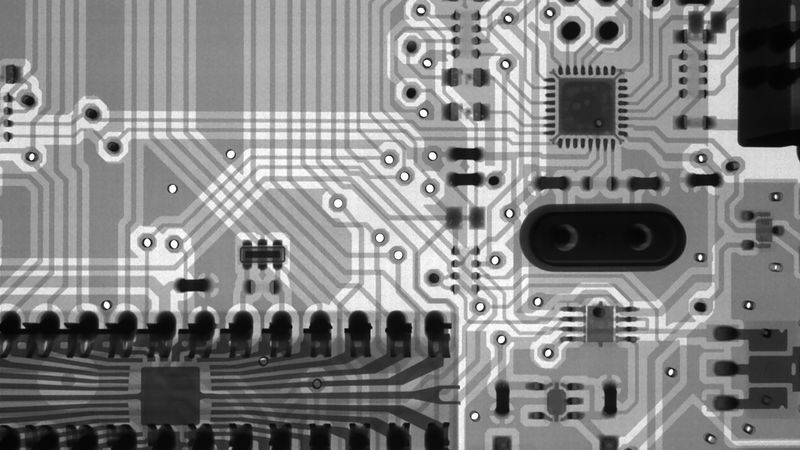Software Control as a Differentiator in the Automotive Industry
Over 100 MCUs and MPUs are integrated into modern vehicles. This article explores how sensor-obtained data has led to software-controlled features that benefit drivers' safety, comfort, and connectedness.
This is the first article in a 5-part series about the technologies that are enabling the future of mobility. The series looks into which technologies are enabling the necessary rapid advancements in efficiency, safety, and power. This series is sponsored by Mouser Electronics, an online distributor of electronic components. Through their sponsorship, Mouser Electronics is dedicated to supporting a future of connected and efficient mobility.
Introduction
Current and future automobiles are becoming increasingly interconnected. With the support of automated software and the help of sensors integrated into the car's electronics, data concerning the vehicle's performance is collected and continuously evaluated. In this way, diagnostics of different systems is provided, making maintenance routines more preventive, accurate, and easier to manage. Most modern passenger vehicles provide drivers with accurate information that can be accessed through infotainment systems while driving or during maintenance checks. Automated functions now dominated the automobile markets.

Overall, more than 100 microcontroller units (MCU) and microprocessors units (MPU) are integrated into modern vehicles to control everything from turning on the headlights to regulating exhaust emissions. With MCU and MPU platforms, current vehicles have become more reliable and user-friendly. But this would not have been possible without the audacity of engineers to implement advanced technologies in combination with IoT, digital tools, and the use of integrated fast communication systems between automobile components.
To learn about the usefulness of sensors, this article explores three aspects of the technology spectrum of connected vehicles and how sensor-obtained data has led to software-controlled features that provide drivers with a safer, more comfortable, and connected driving experience.
Technology Spectrum of Connected Vehicles
As a general rule, three primary categories drive automakers to increase the use of sensors:
Complying with emissions legislation,
Improved on-road performance, and
Passenger comfort and safety.
These areas define the industrial motives for sensor application and provide insights into the emergence of software control.
1. Powertrain Emissions Legislation
Following the early oil, coolant, and fuel measurements, federal emissions regulations compelled automakers to upgrade their sensor technologies. The goal was to ensure the reduction of emissions resulted in the process of combustion. As a result of this regulatory implementation, technology to monitor combustion performance was developed. A sensor type called manifold absolute pressure (MAP) was designed to fulfill the purpose of emission reduction. MAP sensors integrated into internal combustion engines (ICE) would measure manifold pressure to help calculating air density and the fuel's mass flow rate. With the combination of these two parameters, the automated control of fuel dosing was enabled to maximize combustion while reducing emissions. Therefore, operating as close as possible to stoichiometric combustion chemistry to maximize the extent of the combustion reaction.

In response to this need, microelectromechanical measurement systems sensors (MEMS) were invented. These sensors were designed for engine control through pressure measurement. The integration of electronic intelligence with mechanically measured parameters and the small footprint this sensor would have on overall on-vehicle performance provided an economical, high-performing solution for data capture and software control. Consequently, MEMS increased engine performance, emission reduction, increase in safety, and added convenience to car production.
2 - Improved On-Road Performance
Along with the benefits of MAP and MEMS, sensors measuring on-road performance have seen also advances. This is seen in the rise of vehicular autonomy and the multi-functionality of high-speed transmission data sensors. These applications include automatic braking systems (ABS), road noise cancellation, traction control, and automated parking. In automated systems, sensors also measure vibration data for stability control, along with on-wheel tire pressure to prevent a blowout.
Notably, these features were centered around safety, but a secondary benefit was a smoother driving and riding experience. Therefore, engineers could use these improvements to design more stable car frames, optimize tire distances and positions for balance and support, and reduce the stop time by improving the ABS performance.
3 - Passenger Cabin Comfort and Exterior Safety
The third area that sensors have increased in prevalence is passenger comfort. With the rise of smartphones and connected technology, drivers have become users of the connected interfaces and customizable technology available in modern automobiles. With safety at the forefront of the automotive industry, MEMS improved the deployment patterns and timing of front and side airbags. They also can more accurately predict when to activate headlights in the event of changes in ambient lighting conditions.

Regarding comfort, sensor data has been used to remember drivers’ preferences and settings for features such as seat temperature and orientation. Moreover, sensors can aid in navigation while adjusting driving preferences with the user interfaces that guide drivers through control preferences installed in automated software.
The Software is in the Driver’s Seat
With most electric vehicles suited for software control, automakers’ product lines are becoming more attractive while providing increased flexibility to customers. Microchip’s platforms are helping to enable software control for performance, safety, and comfort for drivers and passengers that demand automobiles compatible with digitalization and wireless interconnectivity.
MEMS sensors and other technologies within the vehicle are providing vehicular software engineers the opportunity to tune and optimize the driving experience better than ever. For example, advanced systems can receive, analyze, and optimize sensor collected data without driver interference. The future is bright, and technologies such as IoT is allowing making better use of electrified systems. Hence, increasing automobile capability to respond to sensor-based data is essential to achieve the machine's high performance without compromising the integrity of systems and components nor the safety of the driver and passengers.
Case studies from Mouser
To complement this article, three use-cases of Mouser’s deliverable products are described below to demonstrate the application of software-controlled functionality.
Powertrain
The microchip-designed 16-bit digital signal controllers (DSC) is useful for an array of applications. The disPIC33 and MCUs are examples of controllers used, e.g., electric vehicle (EV) powertrain applications (Figure1). Such is the case of the PIC24. A significant benefit of DSC is its capability to provide platforms with instant response and high reliability for e-mobility in harsh operating conditions. The DSCs enable software-controlled motor control, exhaust gas recirculation (EGR) valve operation, and water and oil pump control. Sized for powertrain usage, the disPIC33 and PIC24 products also facilitate power management, battery charging, and exterior lighting controlled by the vehicle’s software.

A feature that makes these components ideal for the software application is digital signal processing to increase the DSC throughput. The disPIC33 and PIC24 also boast a 16-channel pulse width modulator with precision analog/digital (both directions) converters to maximize speed and performance.
On-road Applications
The Microchip Arm Cortex-M0, M4, and M7 deliver software control for on-road applications in advanced driver assist and similar partially autonomous features such as a heads-up display.
These 32-bit solutions operate at a higher voltage (5.5V) to widen their applicability range while offering industry-leading DSP performance. The Arm Cortex line products provide highly integrated connectivity, well suited to automotive applications. Their compact size minimizes packaging envelope consumption and lag because of the excessive distance between interacting subcomponents.
Cabin and Exterior
For the most complex, innovative, and modern software-controlled car features, the Microchip 32-bit MPU is the best choice for a robust design platform. This product seamlessly handles infotainment, the human-machine interface (HMI). With processing power on par with a full computer, the 32-bit MPU analyzes the massive amount of data that the vehicle computer uses to process high memory-consuming applications and guard against cyber threats with advanced security features.
Microchip designed a product that fits this application: the Arm Cortex-A5-based Sama5D27, which contains a 500Hz CPU core and 128KB L2 cache. The processor, embedded media features, and innovative security features with enhanced encryption protect the data’s integrity. The Sama5D27 also contains embedded media features to enrich the user experience through its audio subsystem, 24-bit LCD interface, and 12-bit RAW camera. These features improve the accuracy of sensor data being processed through the system, which improves the accuracy of the software’s prescribed response.
Summary
MCUs and MPUs are already prevalent in our cars. As electric vehicles gain more prominence, robust flexible solutions are poised to deliver a software-controlled reality. When designers use these components to help process the vast amount of sensor data, they can leverage existing processing infrastructure to set the stage for software-controlled cars to propel the autonomous movement.
This article was initially published by Mouser and Microchip in an e-magazine. It has been substantially edited by the Wevolver team and engineer Nicolas Sarmiento Sierra. It's the first article of a 5-part series exploring the technologies that enable the future of mobility. Future articles will examine the cybersecurity concerns in connected vehicles, discuss solutions for fast charging, and dive into how ethernet can deliver optimum data networks.
About the sponsor: Mouser
Mouser Electronics is a worldwide leading authorized distributor of semiconductors and electronic components for over 1,100 manufacturer brands. They specialize in the rapid introduction of new products and technologies for design engineers and buyers. Their extensive product offering includes semiconductors, interconnects, passives, and electromechanical components.

